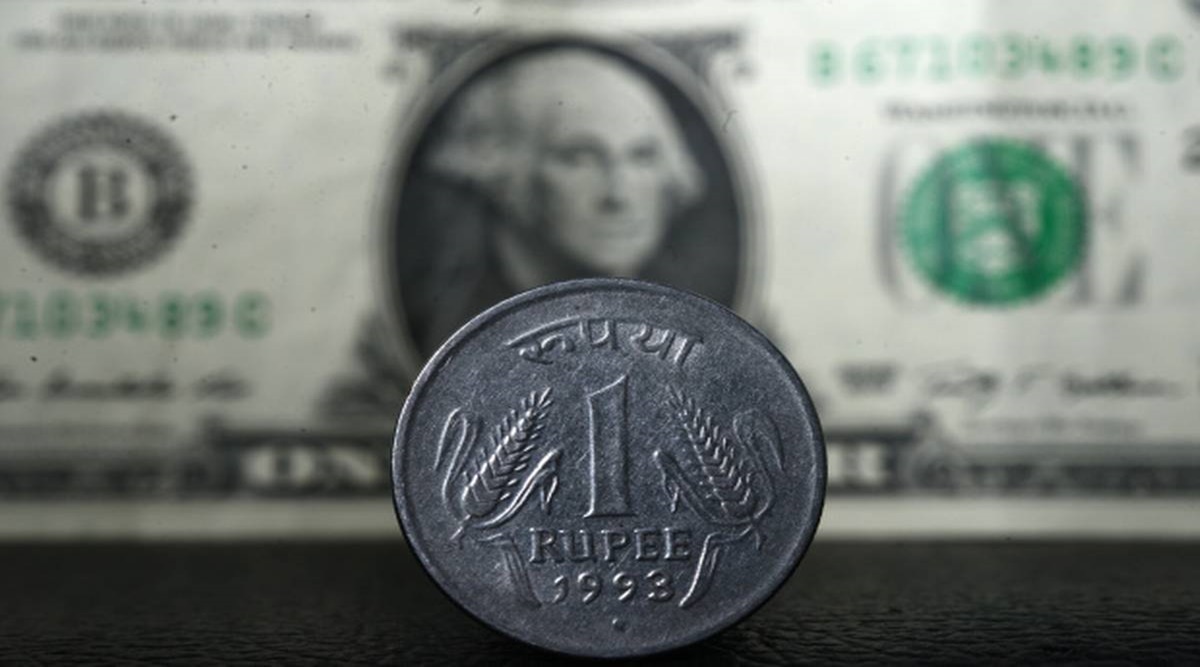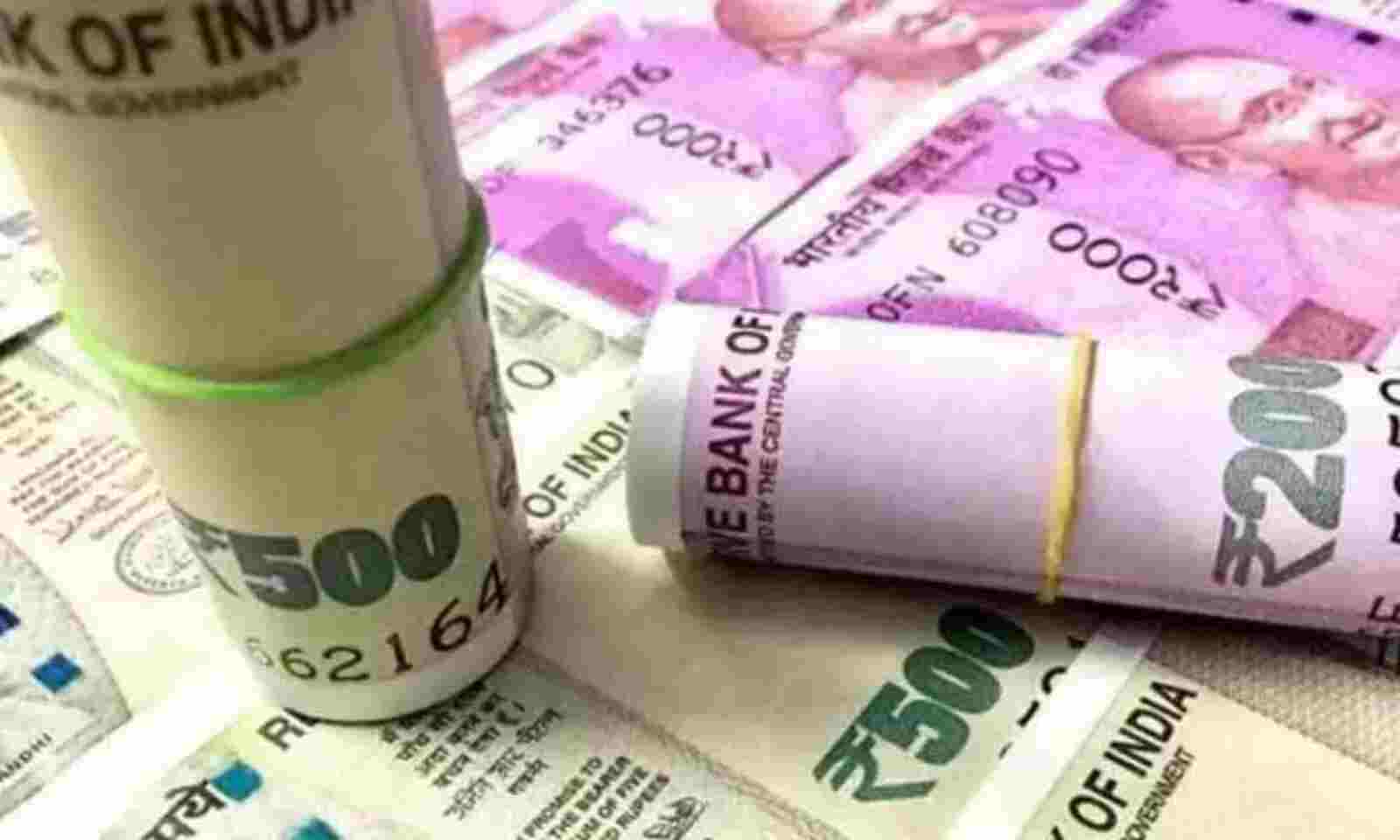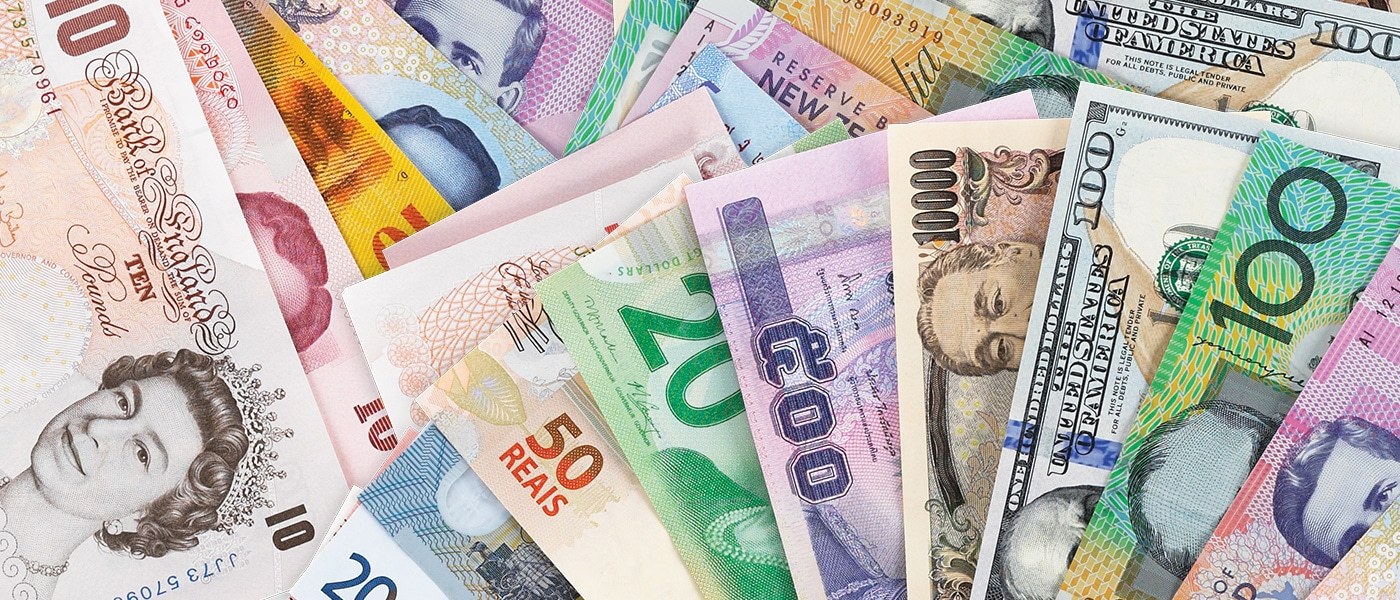Why currencies depreciate and when should we be concerned, Indian Rupee vs. US Dollar

Why currencies depreciate and when should we be concerned, Indian Rupee vs. US Dollar
Currency depreciation causes inflation and immediately lowers people’s buying power; this results in extra luxurious tour fees abroad, better training fees for kids studying abroad, and expanded spending on imported items like food, wine, cars, cell phones, and laptops, among other things.
However, it may serve numerous functions and ambitions on a countrywide level. Countries need to permit home inflation and hold a slight and calibrated charge of foreign currency depreciation to increase their price benefit and competitiveness. However, runaway depreciation can wreak havoc and grow to be a nightmare. For global buyers, risky currencies are a massive no.
Despite having fallen to a record low against the US dollar at 78.29, the Indian rupee is still a robust foreign currency. The rupee may continue to fluctuate in the short term, but beyond the first six months, it should be quite consistent.
To sell their exports, production and service-oriented economies purposefully hold susceptible currencies. Due to capital movements, the greenback remains sturdy. Since the United States greenback is the reserve foreign currency, it’s widely utilized in global transactions.
For lots of reasons, governments have reduced their public exposure to dollar belongings of their foreign reserves at some stage in the past few years.
Is the Indian rupee a stable currency?
At 78.29, the Indian Rupee is at an all-time low versus the US dollarUS Dollar, but fundamentally it is still a strong currency that has been progressively depreciating to counterbalance the historically high inflation rate within the country.
The present depreciation of the Indian rupee is caused by a bigger current account deficit and portfolio outflows through FIIs. The current account deficit is the difference between the amount coming in from exports and the amount leaving through imports (CAD).
Due to higher import fees for commodities like gold, oil, and different commodities, India’s current account deficit is expected to get worse in FY 2022 and attain 3% of GDP. However, the RBI governor is pretty certain that India will weather this typhoon with relative calm due to its sturdy foreign reserve position (USD 601 billion as of closing week).
They said the power of IT offerings and different remittances have drastically contributed to the decline within the CAD. India might be one of the countries with the fastest increase in prices, making it one of the most desirable places for FII and FDI investments.
However, after the existing worldwide unrest has subsided and most central banks are operating to restore their economies, the rupee has to be highly regular for more than the next six months.
Ask the residents of Venezuela, Pakistan, Sri Lanka, Turkey, Iran, and several different South Asian countries European nations. High inflation, debt, and foreign currency instability are a toxic mix. Optimizing hobby prices, inflation, GDP increase, employment, liquidity, and foreign exchange prices is one of a vital bank’s maximum vital responsibilities.
The Curious Case of the Currencies of Japan and China
What advantages do ducks not constantly gain in Gander? Concerning the United States dollar, it Japanese Yen has fallen to a 24-year low. While the United States is pressured to increase hobby prices, Japan desires to hold low prices. Strong currencies are welcomed in international locations just like the US and the UK, which gain from sizable capital inflows.
Since strength and commodity charges are at an all-time high and are triggering economic and financial crises in lots of international locations, the globe is presently in a state of upheaval. Many international locations are on the verge of economic fall apart and free-falling foreign currency because of their excessive degrees of debt, confinementforex market reserves, and developing economic and change deficits (CAD).
In contrast, economies centered on enterprise and offerings that need to decorate their exports purposefully maintain their currencies. In reality, at some stage in the past ten years, China has been coerced into valuing the Renminbi.
The fact that several foreign locations are approaching a CAD of 7% of GDP is concerning. The issues with foreign money are also being exacerbated by portfolio withdrawals from booming markets. The foreign exchange catastrophe of 1997 was brought on by a persistent downturn.
The US Dollar Dichotomy:
The US Dollar is losing value compared to the majority of other currencies since it formerly seemed to be a refuge asset during those uncertain times. Having said that, a variety of factors have led to countries decreasing their exposure to dollar assets in their foreign exchange reserves at some point in the last several years.
Many international locations are alarmed by US sanctions on Russia, frequently called “weaponizing the United States greenback.” As financial and geopolitical battles intertwine, the concept of de-dollarization is gaining increasing traction.
But should there be a rise in the US dollar? It is ineffective to use the International Fisher Effect. According to the IFE theory, the predicted difference between the different currency values “is somewhat similar to the difference between their nations’ nominal hobby prices.”
If hobby costs were absurdly low and inflation was at a 40-year high, the difference between actual and nominal hobby pricing may have caused the US dollar to weaken. Although capital inflows are keeping the dollar strong, long-term demand will determine the price. The US dollar is also used in the majority of international transactions since it is the reserve currency.
The main dangers to the dollar today are de-dollarization and bilateral change agreements. China, Russia Saudi Arabia, and other major Asian international centers are moving in this way. The global shift from unipolar to multipolar dominance will intensify the currency war. Money has become an essential tool for setting and achieving financial and geopolitical goals.
Considering that the dollar is the reserve foreign currency, what does it recognize? Compared to vintage gold. Enterprises that mine for gold and the buyers of such corporations agree that entrenched pastimes are unfairly retaining charges. It is vital to suit a country’s foreign money to its economic capability and financial needs; inflated foreign money will have intense effects.




